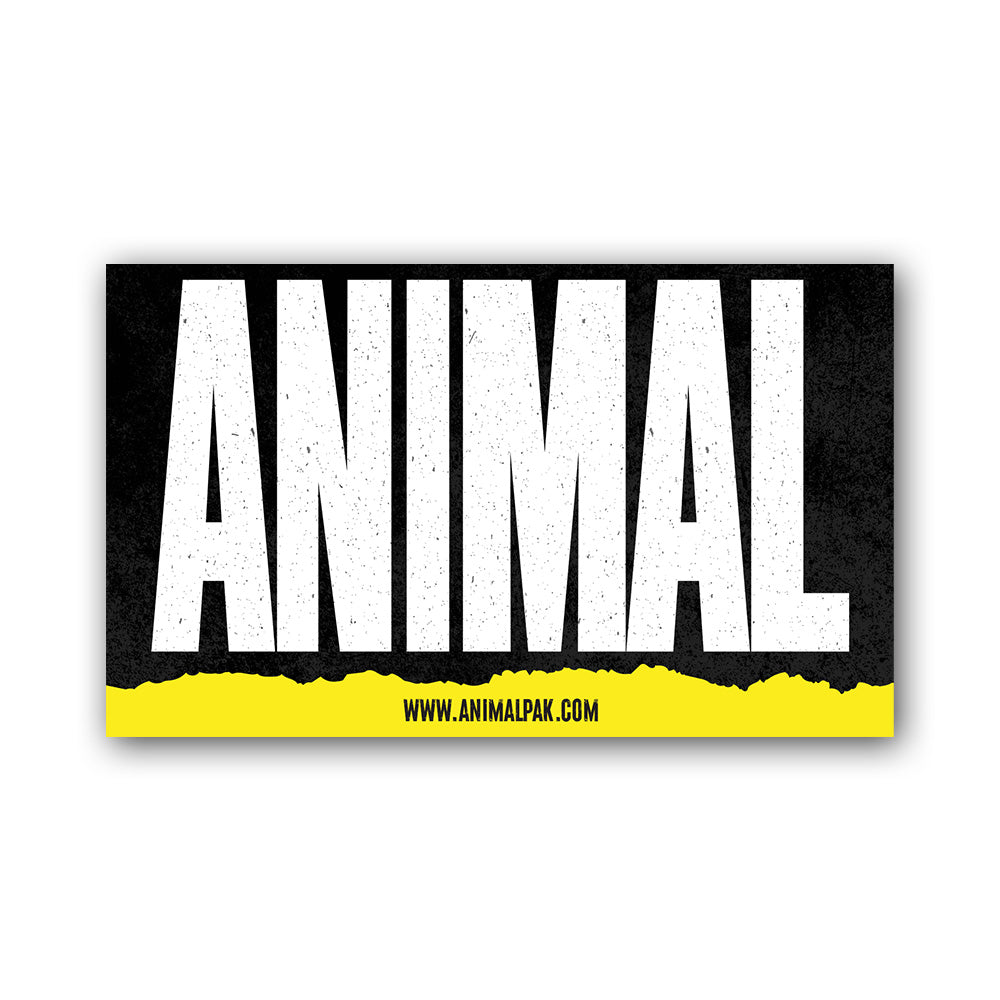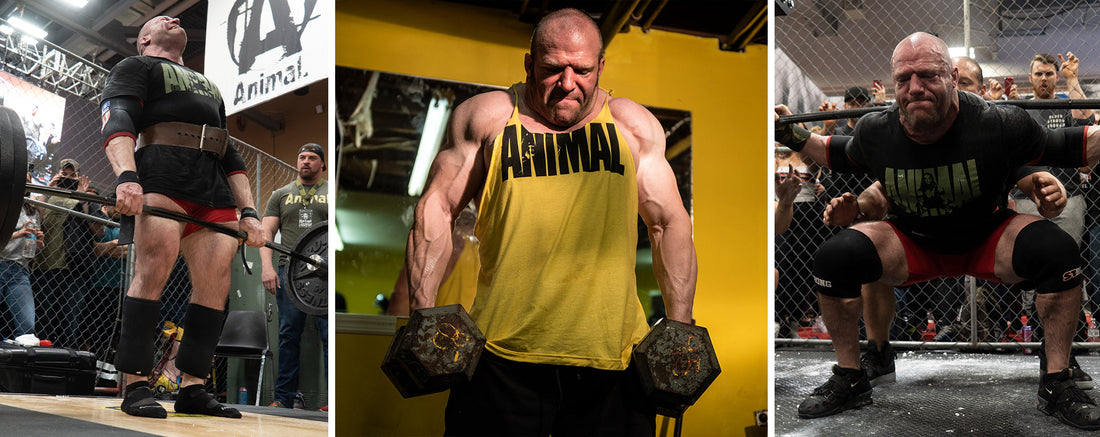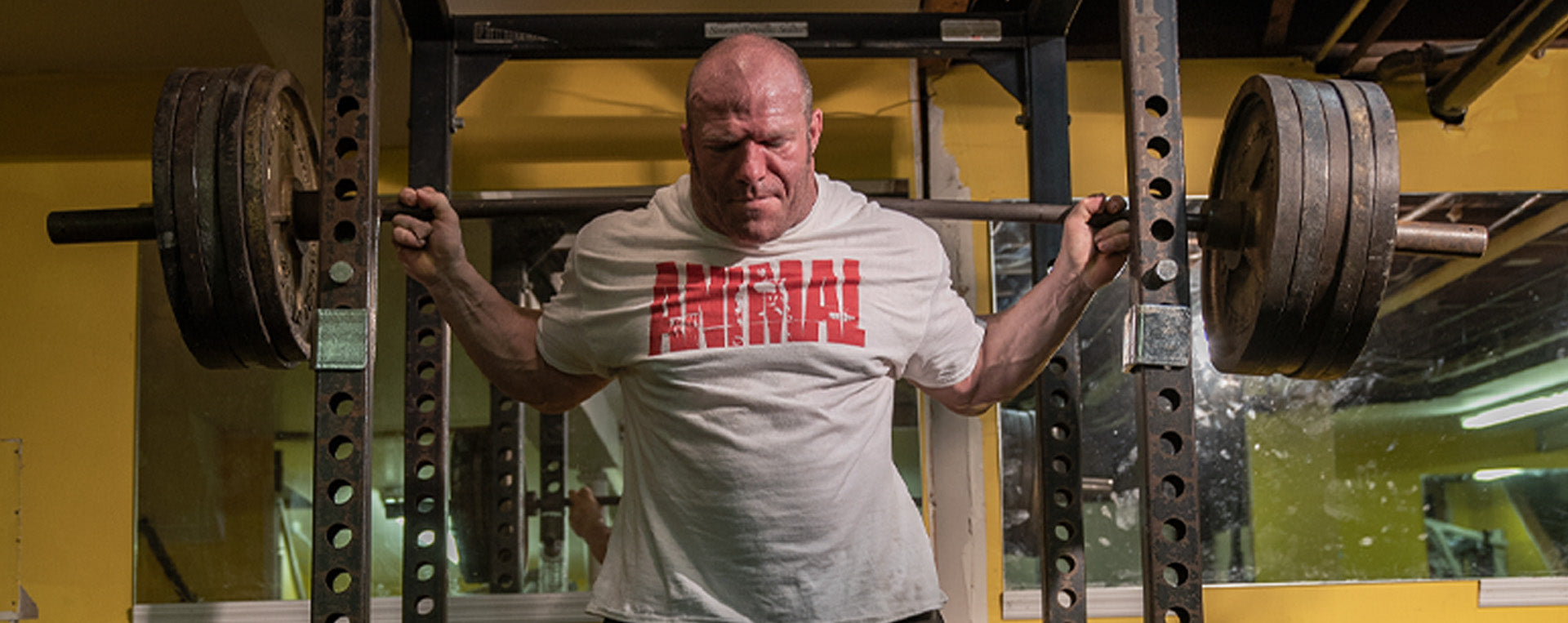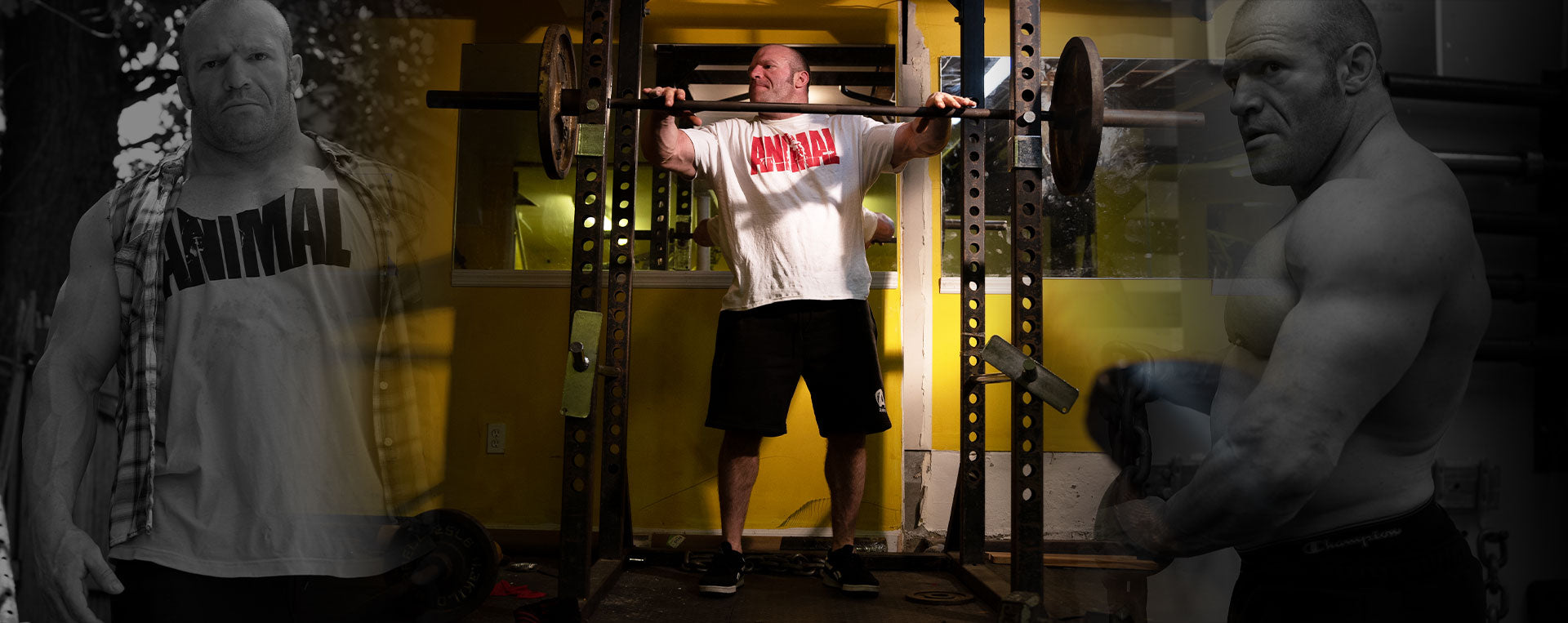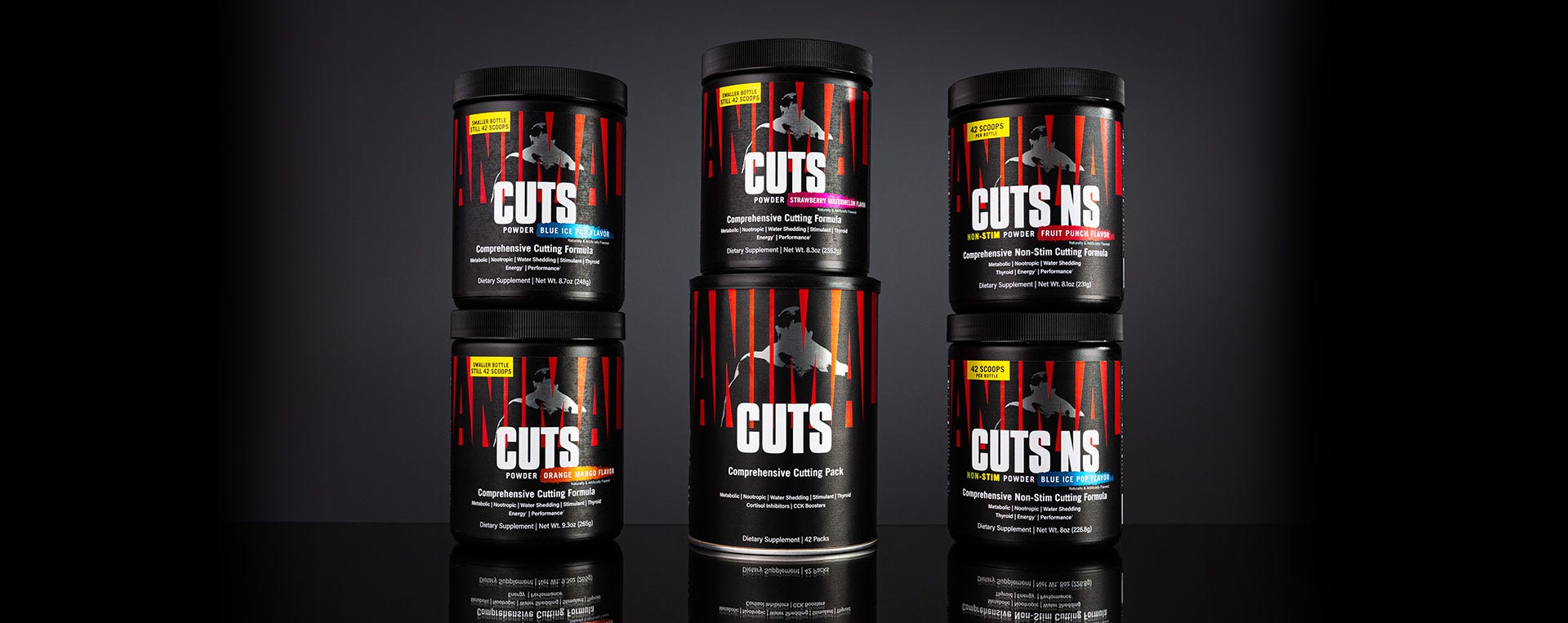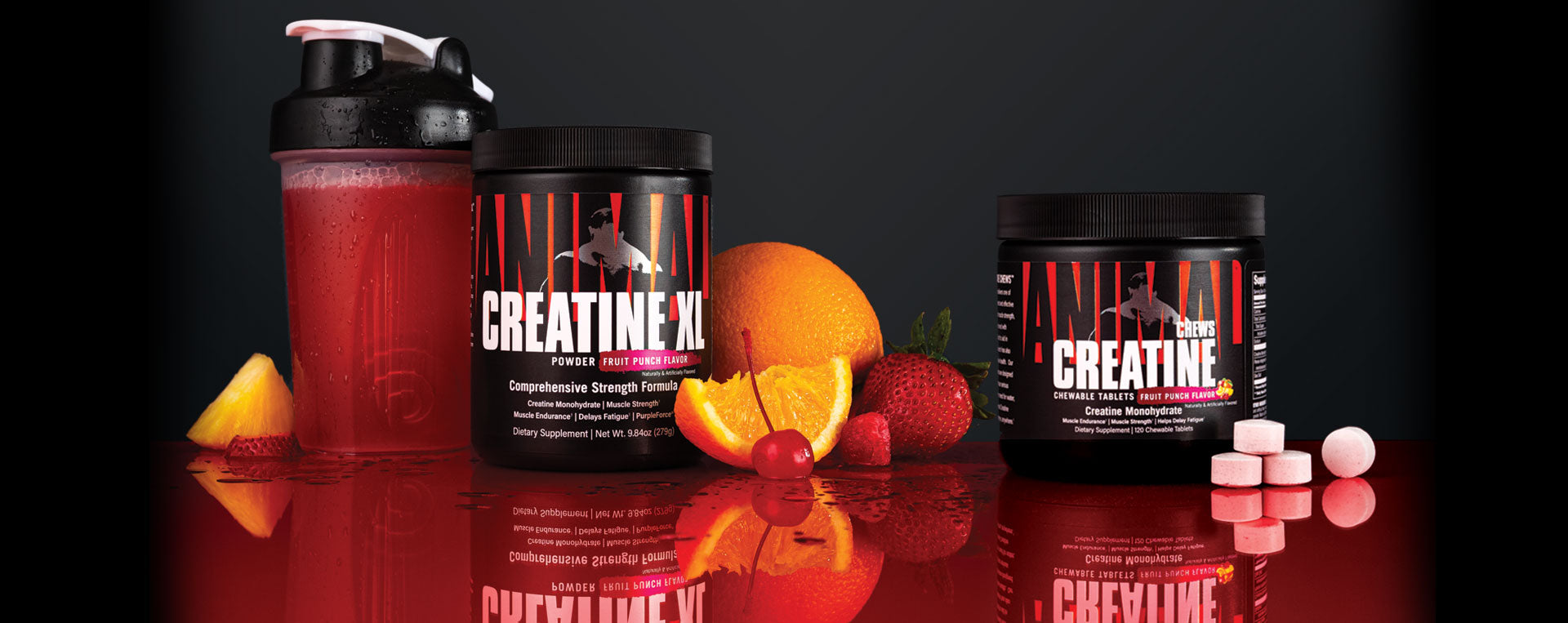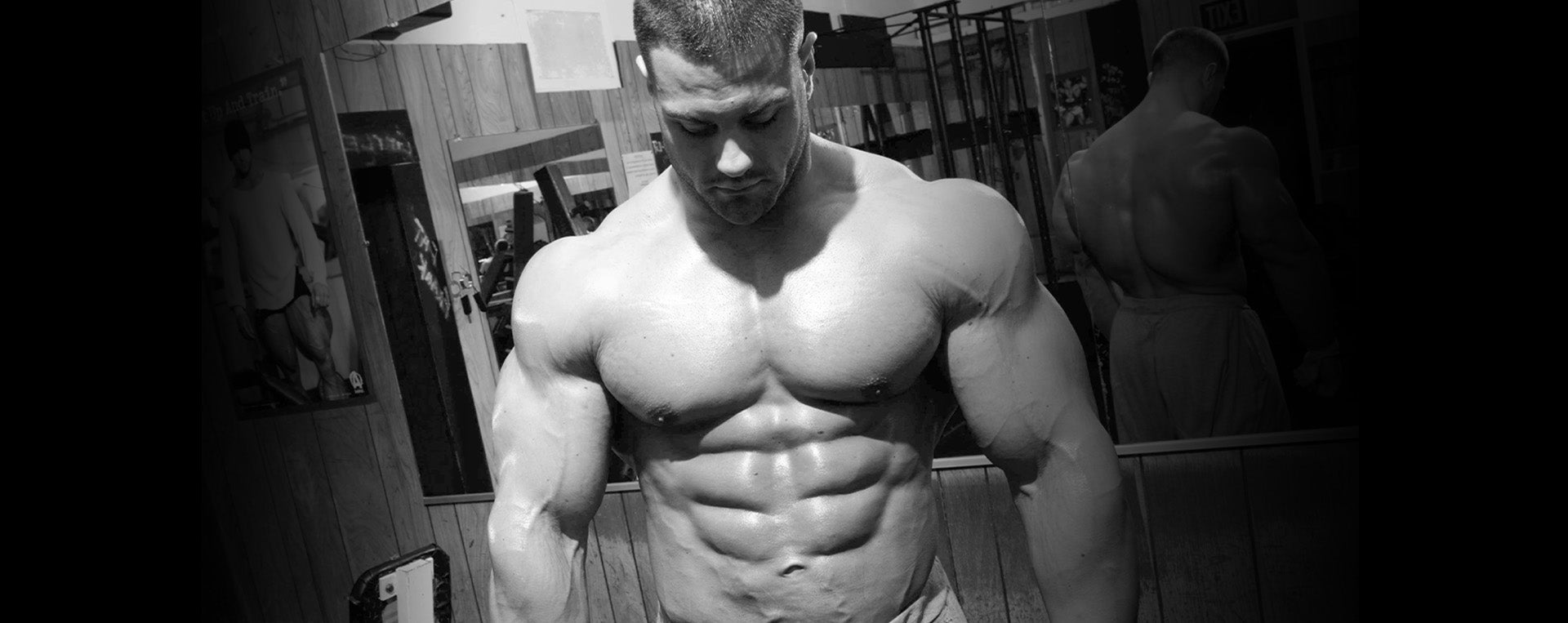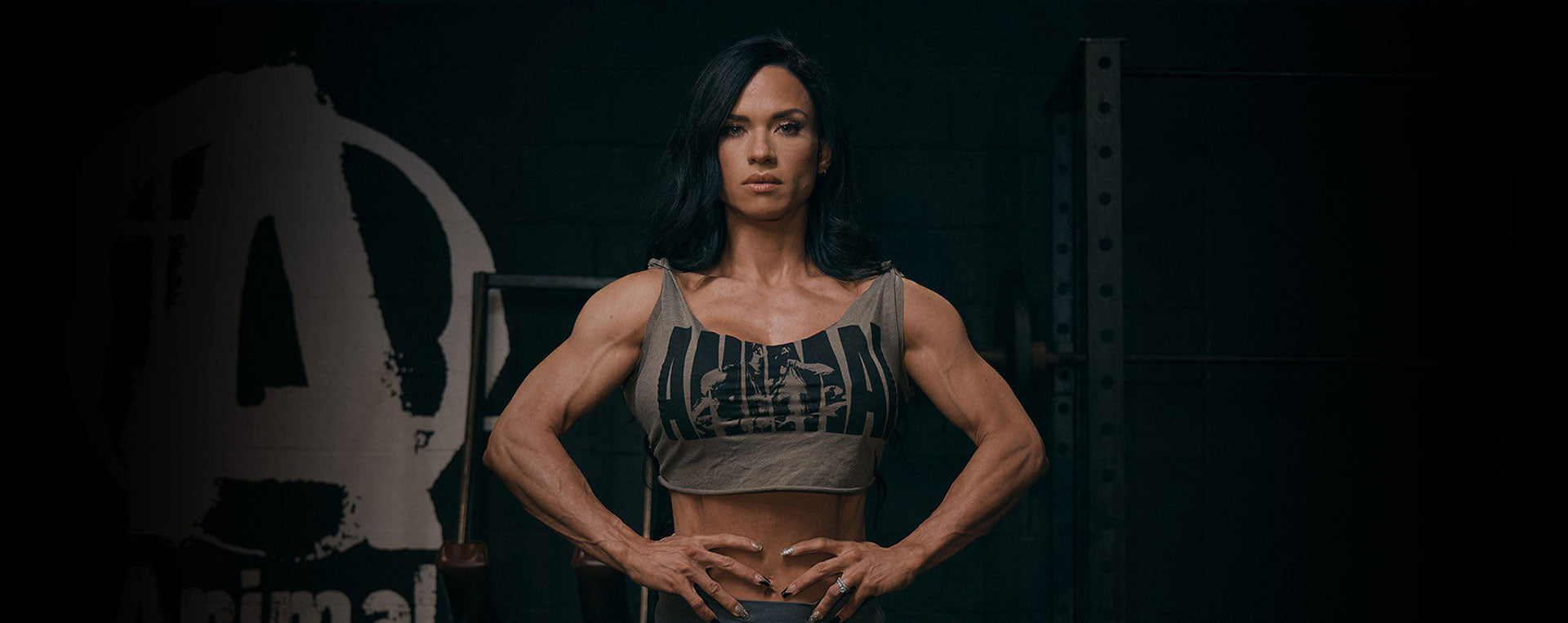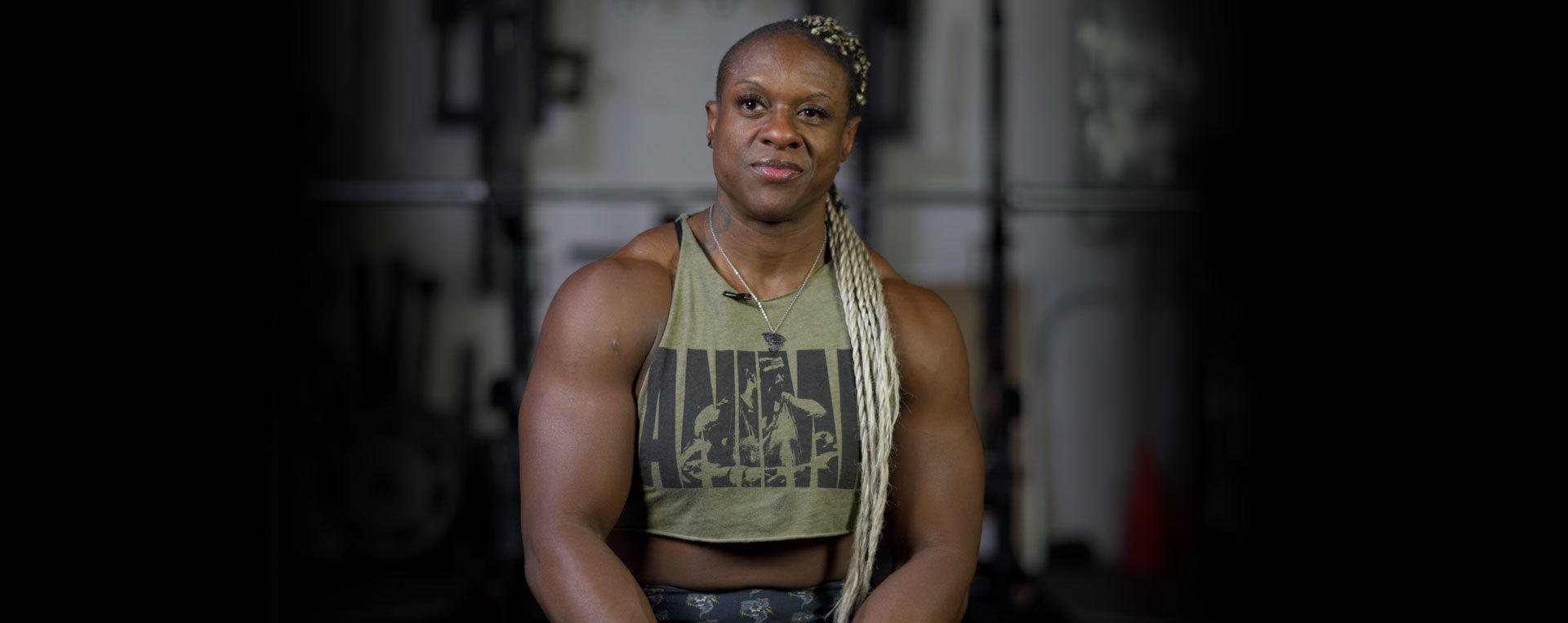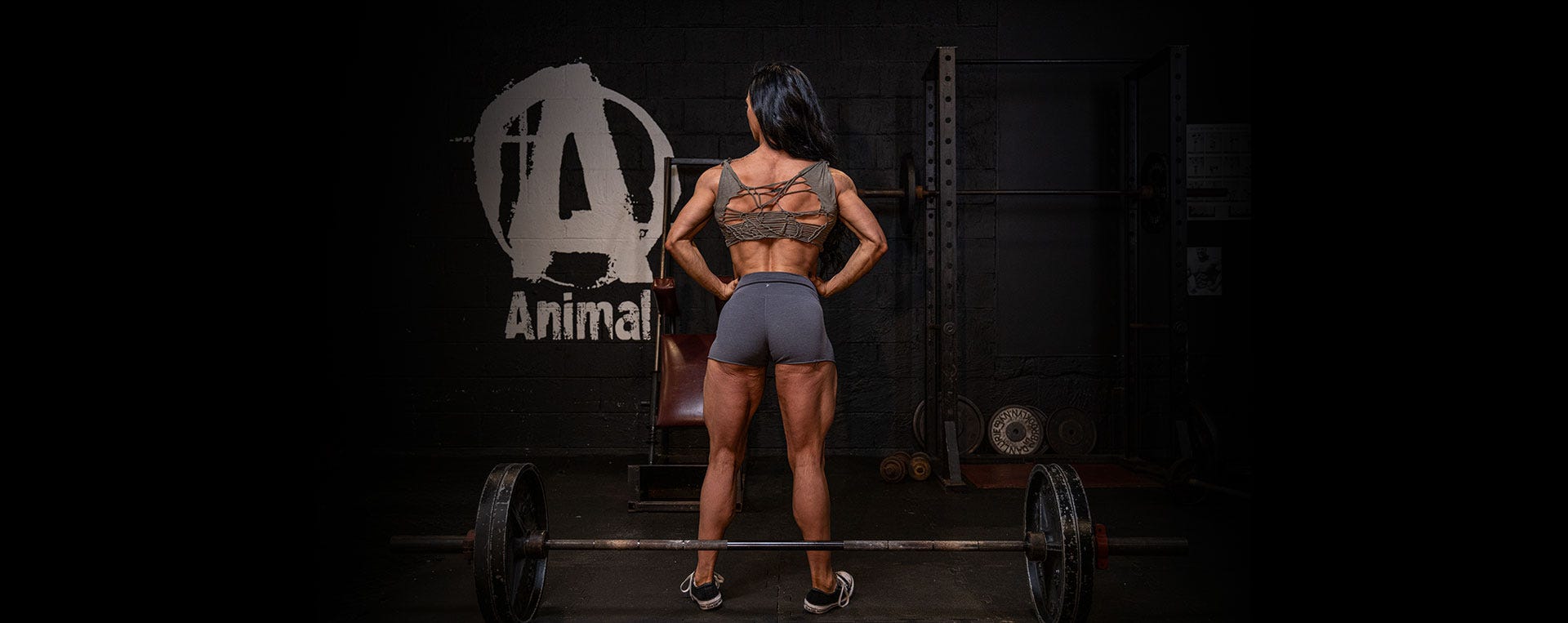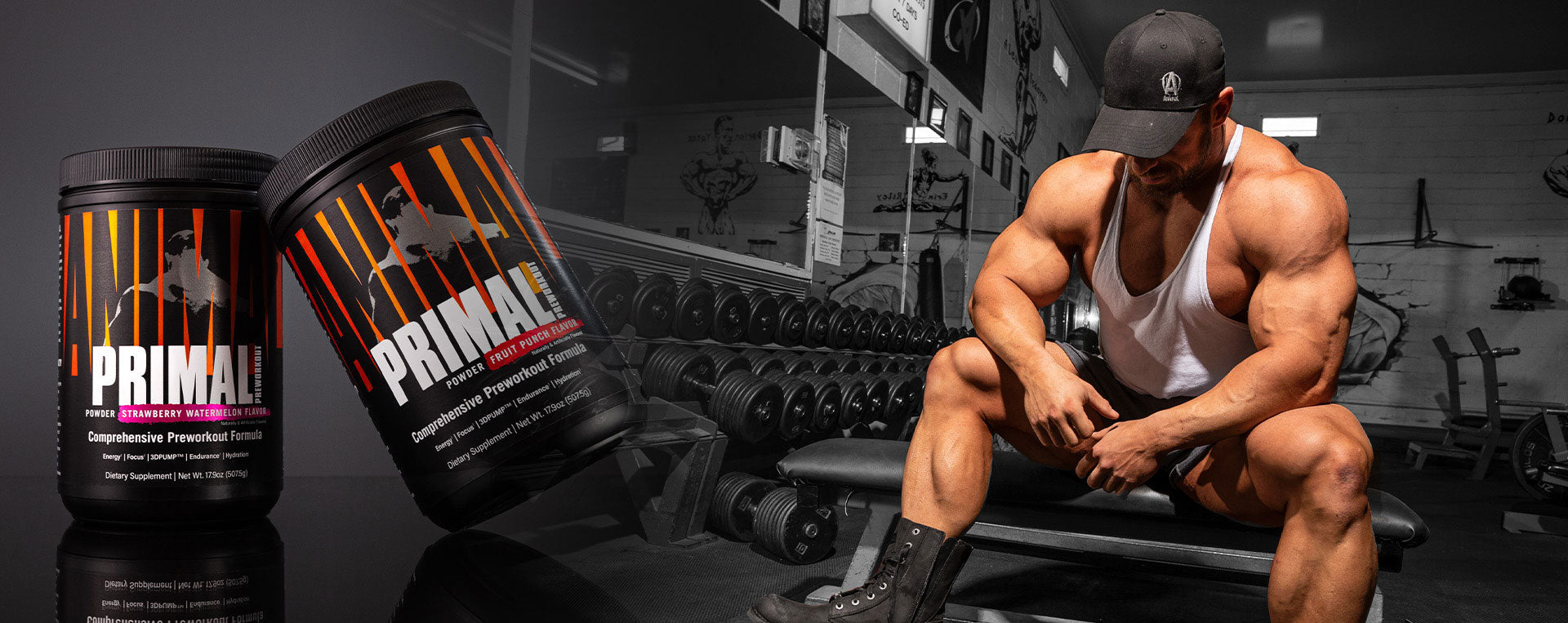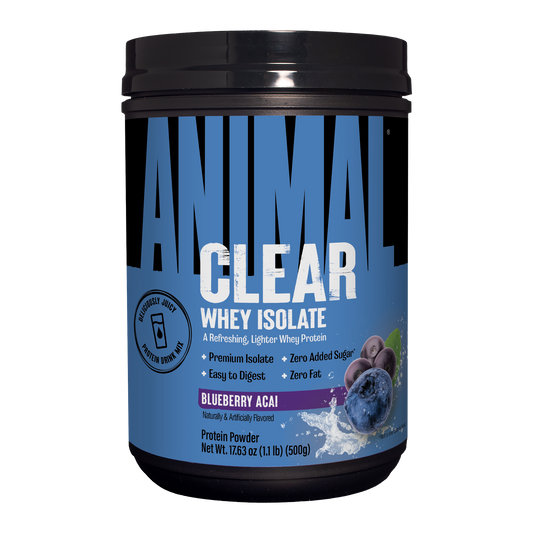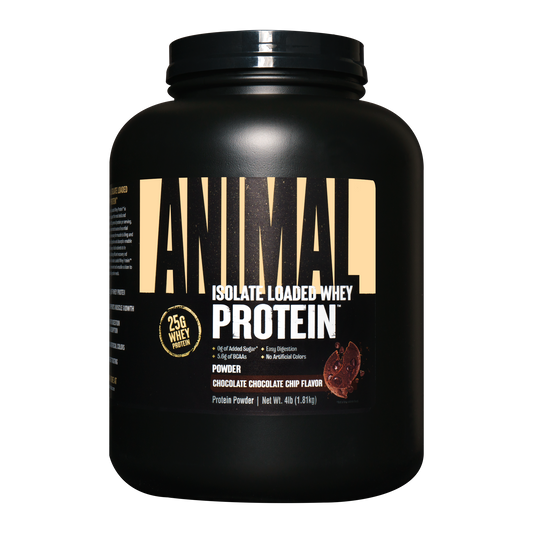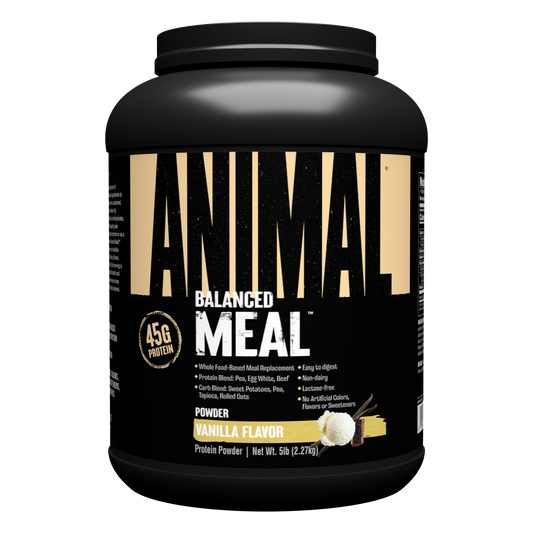On November 6, 2021, I was preparing for an upcoming powerlifting competition to be held on November 20, 2021. It was exactly two weeks away, and on this day I planned to do my final heavy squat session. In my previous squat session, I had worked up to a top single of 392.5 kilograms (865 lbs.), which is 2.5 kg over the current world record in my weight class. The goal for this final heavy squat was a nice, even 400 kg, which is roughly 881 lbs. and 10 kg over the world record. I warmed up to a single at 380 kg (837 lbs.), which felt good and gave me the confidence to go for 400 kg. I unracked the weight, and as I descended into the hole, I suddenly felt a sharp snap in my left inner thigh/hip area. Long story short, I fully ruptured two tendons from my hip bone: the tendon attaching the adductor muscle and the tendon attaching the abdominal muscle. This required surgery, which I had on November 15, 2021. I will detail my recovery and the various things I’ve found helpful.
Once the injury occurred, it was difficult to walk, but after the surgery, it was nearly impossible. Even with crutches I almost fell a few times because, for the surgery, they had given me a nerve block. That basically shut down the nerves in my entire left leg, lasting over 24 hours before it started wearing off. It was about a week before I was steady on my feet, and the surgeon told me to use the crutches for two weeks post-operation. This leads me to one of the biggest pieces of advice I have for anyone in a similar situation: swallow your pride and accept help from others. I consider myself a fairly independent and self-reliant person, and this can lend itself to a certain stubbornness, especially when it comes to being in a vulnerable state. I’d suspect there are some of you reading this who are similar in this way. I was fortunate to have several friends and coworkers reach out to offer me help, and when I allowed myself to accept this, it made things more manageable.
It’s easy to fall into bad nutrition habits when injured. I’m certainly guilty of this, but it’s still important to make sure you’re getting enough nutrients. After all, you may not be able to train, but your body is still under tremendous stress as it attempts to heal from the injury/surgery. So my nutrition and supplementation adjusted from being performance based to being more recovery based. For example, since I was forced into being sedentary and no longer training, I didn’t need nearly as many carbohydrates, so I lowered those in terms of priority. I increased the priority of protein since my body was literally in the process of making major repairs. I also made sure to stay up on my water/fluid intake because I had a ton of swelling and bruising all over my lower body, so I knew my body was trying to flush all of that out. For the time being, I tabled the performance-based supplements such as Pump Pro and Fury, which are the pre-workouts I use. I stuck with the three most fundamental supplements, in my opinion: Animal Pak, Animal Omega, and Animal Whey. Pak covered a large swath of my micronutrient needs. Omega contains a good amount of omega-3 fatty acids, which have been shown to be anti-inflammatory, and I was obviously dealing with a lot of inflammation. Whey helped me keep my protein intake high, as mentioned above. A fourth supplement I added was Animal Flex because of all the joint and connective tissue supporting nutrients it provides.
I have several pieces of advice concerning supplementation. In the days leading up to and immediately following surgery, I discontinued Pak, Omega, and Flex because the vitamin E content as well as the omega fatty acids can cause excessive bleeding. It’s the same reason to discontinue any aspirin regimen during this time. It’s a brief period when something that’s normally a positive aspect of these supplements can be a negative, so just keep that in mind. Also, I recommend taking the Pak in the morning and Flex in the evening. This is because they both contain some of the same nutrients, such as zinc and vitamin E, so it’s better to space these out over the day rather than take all at once. I prefer to take the Pak in the morning because it contains nutrients such as L-tyrosine, which is an energizing amino acid.
Lastly is your mental state. I was very down for several weeks after the injury, and this is another area where I highly recommend allowing people into your life. They can be a sounding board for you to vent to, but they can also help to distract you and get your mind off being injured. Another crucial aspect of the mental game is patience. “A stitch in time saves nine” is a saying that went through my head to reinforce the fact that following the doctor’s orders at this time will pay dividends in the long run as far as avoiding complications with recovery. It’s also a great time to work on visualization: creating mental imagery of yourself performing your sport with perfect technique.
Unfortunately, the Iron Game has inherent risks, but without risk there is no reward. I hope that none of you get injured, but if you do, I encourage you to consider my advice and I hope it helps.




